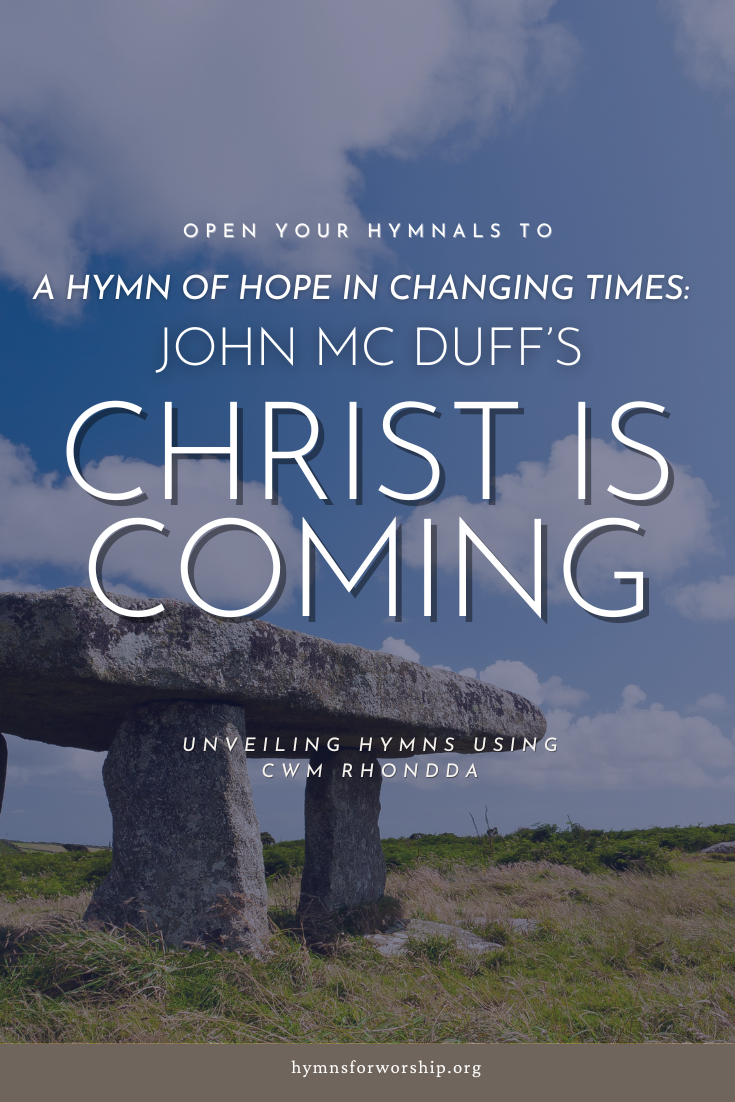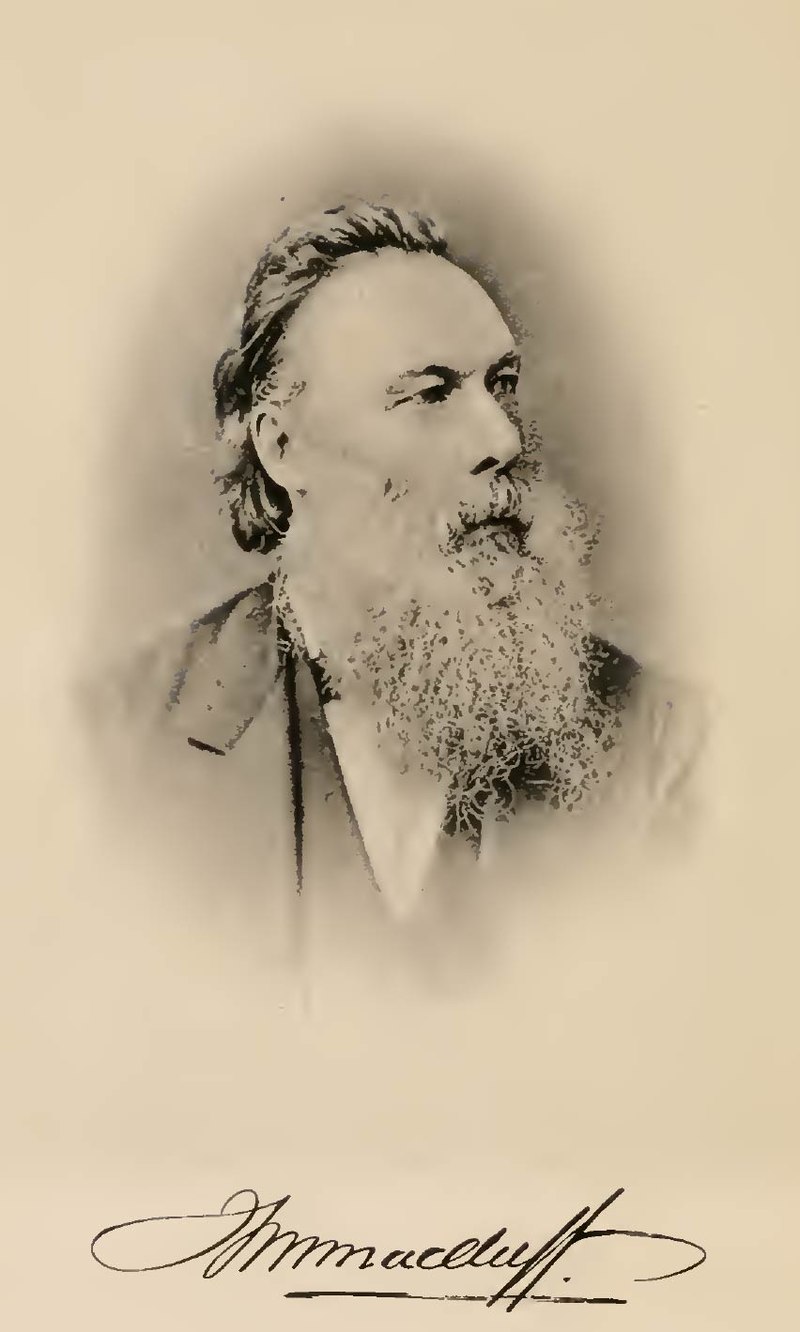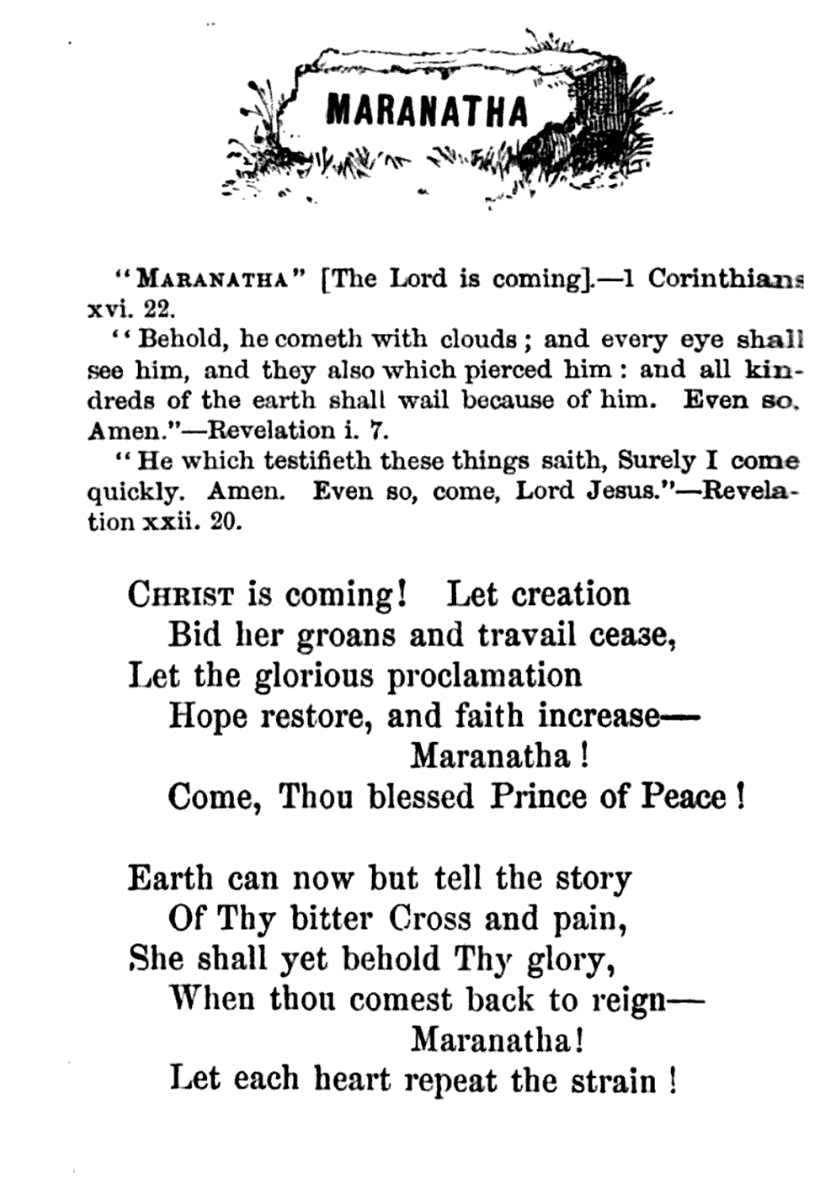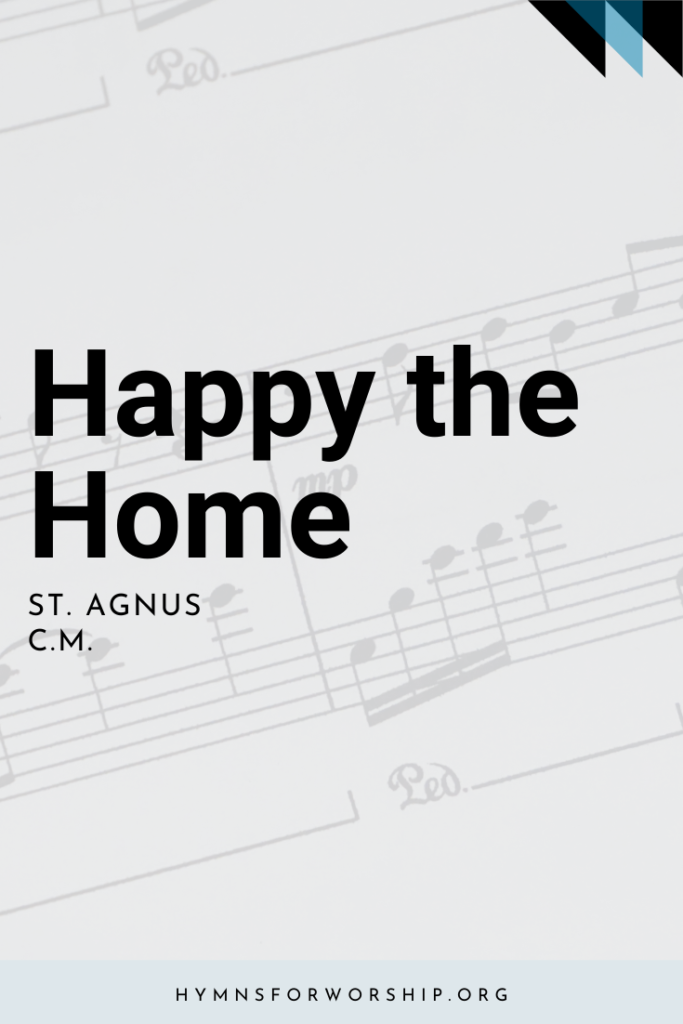
The name Adventist was born out of the belief that Christ is coming soon, literally. Hence, it is not really a surprise when Seventh-day Adventists sing hymns that feature just that.
However, this belief is not privy to Adventists alone. Many other denominations believed it and sang it. And in the case of Presbyterian minister, John R. MacDuff he wrote about it, calling it “the blessed hope”, a terminology common among Adventists.
Who wrote the text?
John Ross MacDuff was born in Bonhard, Perthshire, Scotland on May 23, 1818. He was educated at the High School of Edinburgh and the University of Edinburgh. Later on, he was ordained as a minister by the Established Church of England in 1842. He served small parish churches for a while. As experience grew, he was given the opportunity to minister to a larger congregation at Sandyford, Glasgow where he stayed for 15 years.

In 1871, he decided to abandon his pastoral duties so he can devote his time towards his passion — writing. He was a very prolific writer of excellent Christian books and materials. To add to that, he was a published poet and hymn writer as well. Among his famous and successful books are Morning and Night Watches, The Mind and Words of Jesus, and Faithful Promise.
He also published several hymnals such as Altar Stones (1853), which included 31 of his hymns; and The Gates of Praise (1876). He was a member of the Hymnal Committee of the Church of Scotland from 1857 until his resignation in 1871.
“Christ is Coming” is one of his hymns that is widely circulated and found in many hymnbooks in Scotland and beyond.
Why was this text so popular?

This text was printed under the title “Maranatha” in the hymn book Altar Stones. MacDuff also prefaced the text with these three verses. 1 Corinthians 6:22, Revelation 1:7 and Revelation 22:20.
From these verses alone, it is obvious that MacDuff believed in premillennialism — that Jesus will physically return to the earth (the Second Coming) before the Millennium. This literal event is a common belief among Adventists as well. The only difference is that we teach that the millennial reign of Christ takes place in heaven instead of on Earth.
During the time that MacDuff published this text, premillennialism was widely received by many other denominations. And because hymnals are basically a reflection of the church’s creed, hymns like this perfectly mirrored the theology.
A steady decline of Second Advent hymns
The theological landscape has shifted dramatically. Dispensationalism, postmillennialism, and amillennialism all offer different interpretations of Christ’s return.
Dispensationalism is mainly about rapture followed by a millennial reign of Christ on earth as believed by many Evangelicals. Postmillennialism is the second coming of Christ that will occur after the millennium. Amminialism which basically says that Christ’s coming is symbolic, and not literal. They believe that the second coming of Jesus is into our hearts and changing our lives resulting in a love for everyone. This is widely accepted by the Roman Catholic Church, Orthodox churches, and certain liberal Protestant churches.

And with these shifts, a curious phenomenon: hymns explicitly celebrating a literal Second Coming seem to have faded from the mainstream.
As a result, there was a decline of hymns that talked about the literal coming of Christ. Could it be that Christians are believing less and less in Christ’s promise to return?
But Seventh-day Adventists continue to believe
Not so with the Adventists. One of the main creeds Adventists hold on to, besides the Saturday Sabbath and the Sanctuary message, is Christ’s joyous and literal return. Hymns about this are still abundant and actively sung. MacDuff’s “Christ is Coming” is just one of the many hymns that we sing about His return.
This hymn is mostly sung to the tune of UNSER HERRSCHER. However, the SDA Hymnal Committee decided to match it with the more famous CWM RHONDDA composed by John Hughes. This tune is probably the most repeated tune in the SDA Hymnal in that it is also used for SDAH 415 (Christ the Lord, All Power Possessing) and SDAH 538 (Guide Me, O Thou Great Jehovah). The Committee also suggests that it can be sung to the less familiar BRYN CALFARIA (SDAH 165, Look You Saints, the Sight Is Glorious)
Like this article? Share it!





